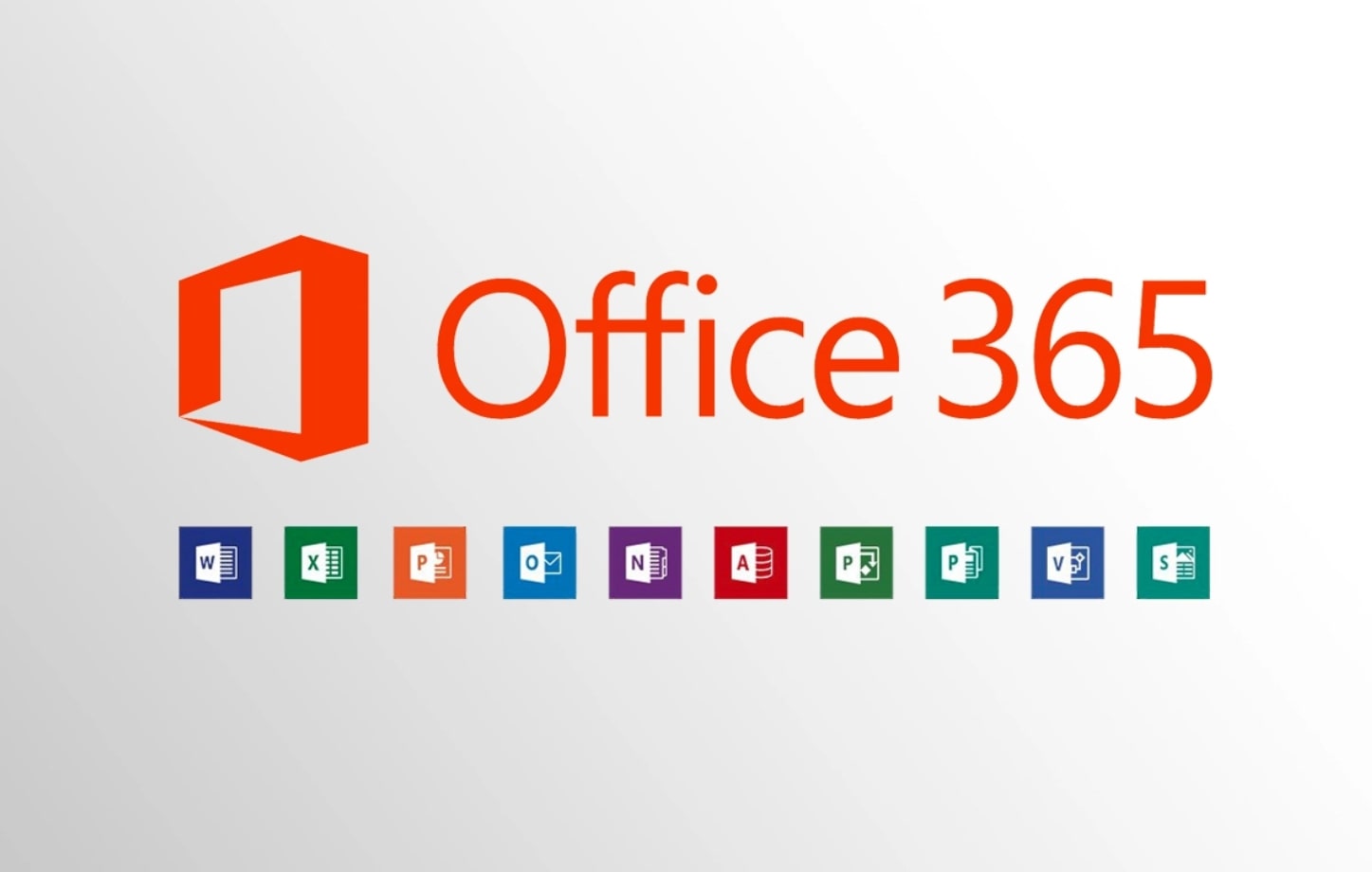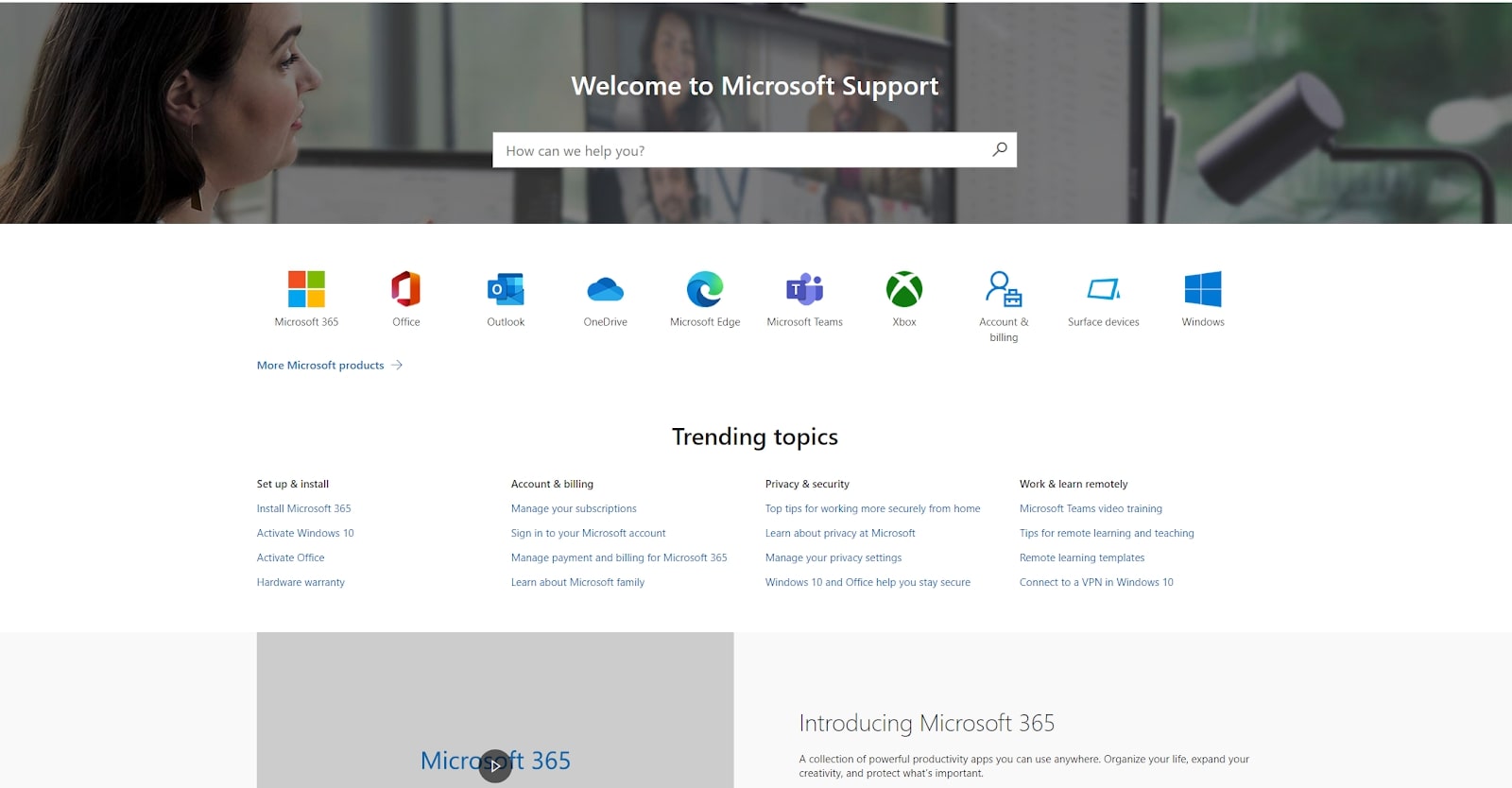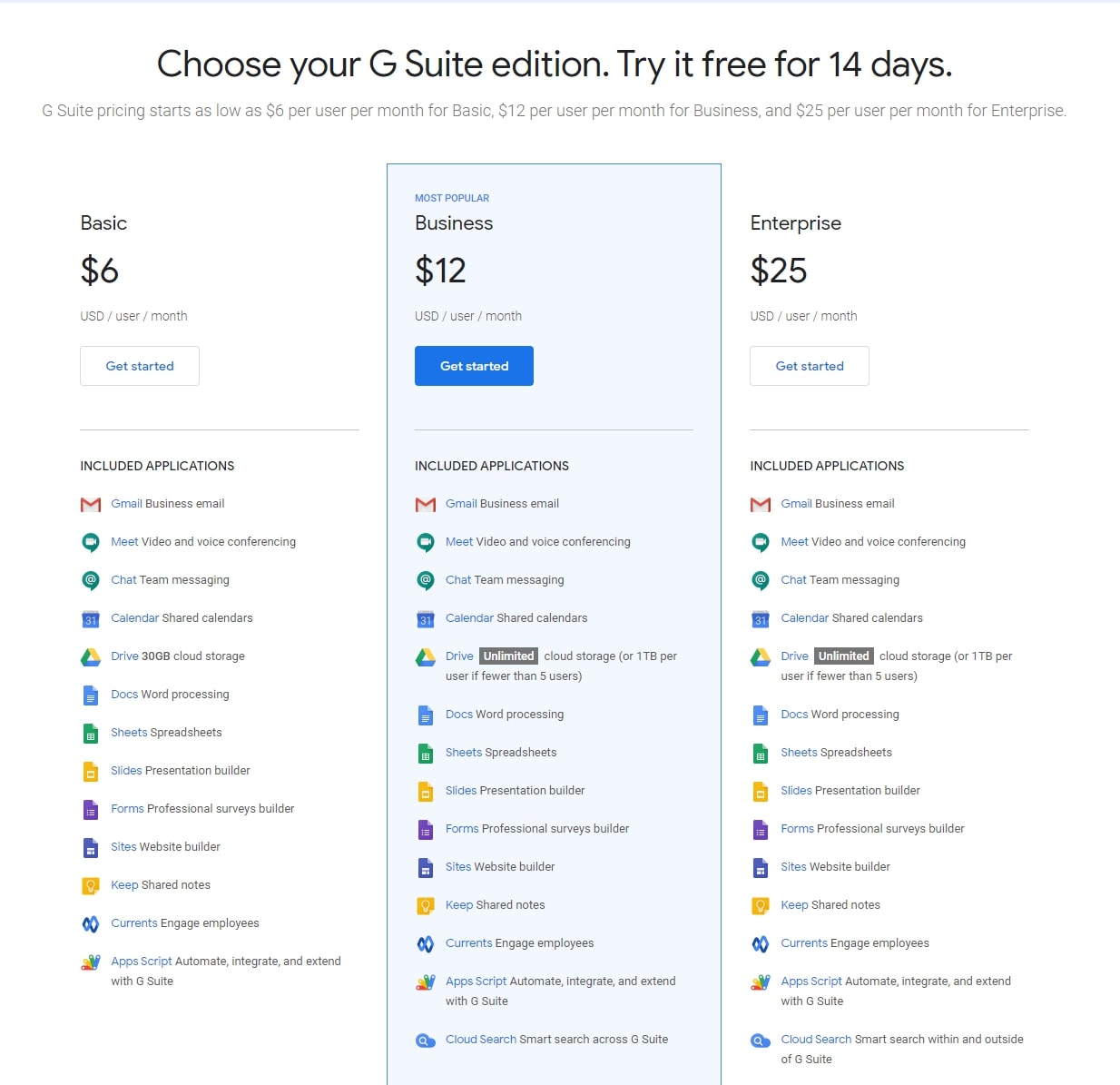Be it for writing articles, managing spreadsheets, or delivering presentations, your office needs a unified productivity suite that your employees can use. For a very long time, Microsoft Office was the unrivaled leader in this industry. However, with its recent decision to move to a subscription-based purchase plan, followed by the extensive release of full-fledged productivity software from Google, the waters are now a lot muddier.
With over 200 million active users per month in 2019 and an average three million more added every month since, Office 365, the official successor to Microsoft Office, is still a name to be reckoned with. G Suite, however, with its productivity solutions dedicated toward online workplaces, boasts 2 billion active users as of 2020, both free and paid.
On the surface, the two services appear very similar. Both are subscription-based productivity suites designed to create and manage documents in the workplace. G Suite is a web-based software, but it has the capacity to work offline. Office 365, on the other hand, has been offering its services via offline desktop clients, but you can also use the web-based version if you want.
The different applications that come with the two subscriptions are also very similar. You get a word processing application, a spreadsheet management solution, and a tool to create presentations. You also get an application each for emails, video conferences, and online note-taking. Then, of course, there is the overarching cloud storage solution that lets you safely store away the files that you create using these applications.
However, some key differences in service can make or break your business as you choose the right productivity suite for your needs. In this article, we will compare some of the best productivity apps in the market to help you decide which would be most appropriate for your specific scenario.
- The best free office software: alternatives to Word, PowerPoint and Excel
- Best productivity tools: free and paid apps
Features

Both services are available across Windows, macOS, and Linux desktops. G Suite apps are web-based and can be accessed via your preferred internet browser. Office 365 applications, on the other hand, have to be launched using their downloadable desktop clients. For smartphone users looking to maximize their productivity on the go, both G Suite and Office 365 also offer companion apps for iOS, iPad OS, and Android devices. Here is an overview of the type of software offered with each package and the features that come with them:
When it comes to creating and editing documents, Office 365 offers three key applications: Microsoft Word for writing text, Microsoft Excel for managing spreadsheets, and Microsoft Powerpoint for making presentations. G Suite, on the other hand, offers its own products that serve similar functions. They are called Google Docs, Google Sheets, and Google Slides. While these offerings are usually supplementary, there are a few signature functionalities that help set them apart.
Microsoft Word and Google Docs help you create and edit rich-text documents using a variety of different formatting options and accompanying tools. Google Docs also lets you collaborate online with your workmates by sharing a simple link to the current document. Word compensates for this by offering pre-built templates to choose from and more options for editing tables and charts.
Microsoft Excel is a name that has become almost synonymous with tables and databases since time unknown. Just as with the word processing software, Microsoft Excel promises far more features to edit and format your spreadsheets the way you like. It also offers more chart types and an excellent collection of pre-made templates to use. Sheets, however, once again takes the win on collaboration.
Microsoft Powerpoint lets you choose from several pre-built templates and themes and add various elements like charts, diagrams, pictures, videos, shapes, and animations to make your presentation look livelier. Google Slides doesn’t offer quite as much, but it comes with a clutter-free interface that’s much easier to get a hang of and the ability to collaborate with others while making presentations.
Gmail, with its sleek interface and artificial intelligence-based nudge feature, is the clear winner when it comes to email. However, if you have never used Outlook, you might be surprised by everything it has to offer. Features like focused inbox, built-in calendar, and ribbon-based navigation all go towards showing how much it has evolved since it launched in 2012.
For users who prefer to communicate more spontaneously, Microsoft Teams, once known as Skype for Business, is the undisputed favorite. It is a tool that’s preferred by most remote workplaces for text messaging and video conferencing.
Google Meet, on the other hand, has made a lot of improvements since its predecessor, Google Hangouts. Since working together on various documents is also part of the collaborative features offered by Meet, it may be the preferred choice for those who need to communicate online for more than just socializing.
The services offered by Office 365 and G Suite are quite similar in the cloud storage front. They both offer unlimited storage on high-tier plans and come with offline clients that you can install to sync files to your desktop. The only real differences here are Google Drive’s superior search capabilities, making it easier to find and locate various files, and OneDrive’s two-factor authentication based Personal Vault, which offers an extra layer of security for storing your business’s most sensitive data.
It’s hard to declare a winner when it comes to features. If collaborating on various documents with other members of your team is your top priority, G Suite would be the best bet. If, however, you’re more focused on offline work with support for greater customizability, Office 365 is what you should look into.
Performance

Both suites offer services and applications that have minimal effect on your desktop’s performance. Office 365’s downloadable apps are very lightweight with a reasonable file size. G Suite’s applications are entirely web-based, therefore having an even lighter impact on your PC.
Being from Microsoft, Office 365’s apps are very well integrated into Windows. Mac users can also take advantage of the same features, with similar performance outcomes. One thing to keep in mind, however, is that Office 365 requires a stable internet connection when syncing files with OneDrive’s cloud storage. There are also a few server latency issues worth considering, what with cloud storage servers located oceans apart, but these are all easily fixed by simply disabling automatic synchronization if your internet connection isn’t fast enough.
Google’s ecosystem is built into G Suite. The web-based applications are lightweight and speedy, but you may want to turn on offline synchronization if you don’t have a very consistent internet connection. Overall, G Suite apps are slightly faster than their Office 365 counterparts, with even lower impact on performance.
Support

Both services offer 24/7 customer support via phone in English. As for users of other languages, hours of support can vary with time zones. There’s also email support, but the average response time for that can also vary.
Moreover, Office 365 users can avail of Microsoft’s FastTrack service during deployment, which helps smoothen the processing of rolling out the productivity suite and integrating it into your organization’s workflow, with priority support. This feature has limited availability and your organization has to have at least 135 members in order to be eligible, however.
G Suite users, unfortunately, don’t get anything similar from Google. However, it is still possible to hire yourself a third-party data migration specialist to assist with the rollout. For this reason alone, Office 365’s support system is a cut above G Suite as it goes above and beyond to fulfill your enterprise needs.
Pricing and plans

G Suite’s plans come in three stripes: Basic, Business, and Enterprise.
“Basic” comes with 30GB of storage on Google Drive, video and voice calls with up to 100 participants at once, and a free custom domain for a monthly price of $6 per user.
“Business” includes all the features from Basic, but this time, with 1TB of storage per user with Google Drive. The maximum number of participants for conference calls is increased to 150. The plan is also powered by the company’s signature Cloud Search technology and eDiscovery features. This plan costs $12/month per user.
“Enterprise” is G Suite’s most lucrative plan with S/MIME-based email encryption, and up to 250 participants in a voice or video call at a time. This plan also offers a plethora of extended features, including enhanced admin controls, hardware security keys, and data loss prevention, for $25 per user per month.
Unlike G Suite, Office 365 requires a yearly commitment on every single one of its plans. The plans offered to small and medium-sized businesses include Basic, Apps, Standard, and Premium. These plans offer varying amounts of storage space and cost $5, $8.25, $12.50, and $20, respectively.
For enterprise users, Office 365 has the E1, E3, and E5 plans for $10, $20, and $35 per month per user. The most significant difference between the Enterprise and Business plans is that the Business plans are limited to a mere 300 users whereas Enterprise subscriptions come with unlimited user support. They also come with increased mailbox storage, eDiscovery, advanced threat protection, and cloud security based on the plan you subscribe to.
Verdict
Overall, it is hard to declare a clear winner between Office 365 and G Suite. Each subscription comes with its unique set of strengths and weaknesses.
Generally speaking, however, G Suite is usually the right choice for businesses that need employees to constantly collaborate with each other on various documents. For offline users who require more features and customizability, Office 365 is the best bet. Your budget will also be a core factor in your decision, as the paid plans offered by the two services differ significantly in their contents.
- Best productivity tools: free and paid apps
from TechRadar - All the latest technology news https://ift.tt/30NOyOu
via IFTTT
0 التعليقات: